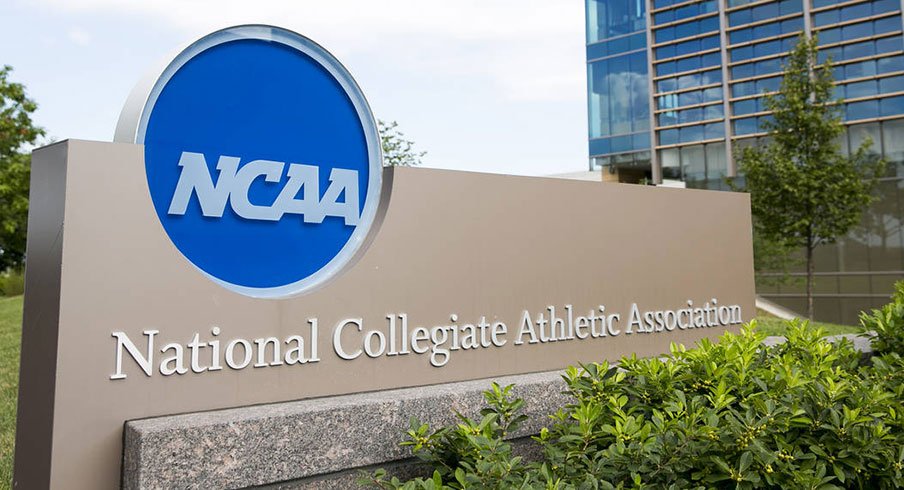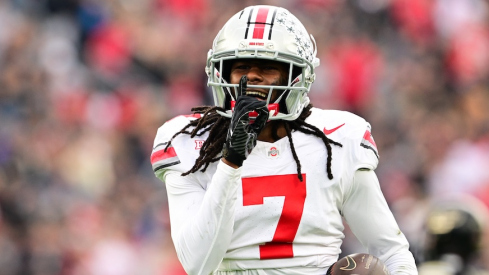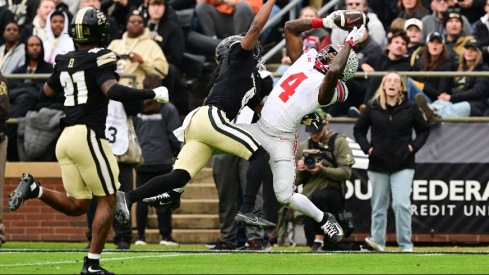During its annual meeting in Indianapolis, Indiana, on Friday morning, the NCAA Division I Council voted to approve a bundled proposal that will allow programs to add a 10th full-time assistant coach and introduce early official visits to the recruiting calendar, among other things.
The NCAA Board of Directors is expected to finalize the rule within the next two weeks.
“Today’s adoption of the football legislation marks the most significant progress in recent years to improve the football environment and culture for current and prospective student-athletes and coaches,” said council chair Jim Phillips, Northwestern's vice president for athletics and recreation. “Importantly, the action of the NCAA Division I Council delivers on the charge of the Division I Board of Directors to comprehensively improve the football recruiting environment. This affirms that the new Division I governance structure can effectively and timely address important issues.”
The impact of having a 10th full-time assistant is twofold, as it means each of the nine units on a football team could potentially be assigned their own coach. As it stands now, Ohio State's Kerry Coombs coaches both the defensive backs and special teams, while every other coach is a coordinator or has their own unit.
The greatest impact, however, will come on the recruiting trail. Another coach lessens the burden for the others and allows them to cover more ground, which is why the American Football Coaches Association was unanimously in favor of this section of the proposal.
Under the new rules, prospects can now take official visits — which are paid for by the school — from April of his junior year through the Sunday before the last Wednesday in June. As it currently stands, official visits are not allowed before Sept. 1 of a prospect's senior year.
This part of the proposal was written to work hand-in-hand with an early signing period, which was not on the agenda this week. The Collegiate Commissioners Association, the governing body of the National Letter of Intent, will vote on the proposed December early signing period during its annual meetings on June 19-22.
Arguably the most controversial part of the proposal, meanwhile, prohibits a college football program from hiring a high school coach if it has recruited a player from that coach's high school within the previous two years. It also prohibits them from recruiting players from that high school for two years after hiring the coach.
Michigan head coach Jim Harbaugh has used this subtle recruiting tactic to land players in the past, as he hired former Paramus, New Jersey, coach Chris Partridge to lure top-rated defensive tackle Rashan Gary to Ann Arbor in 2016. He also hired Devin Bush Sr. away from Flanagan, Florida, just two weeks after four-star linebacker Devin Bush Jr. signed with the Wolverines.
Harbaugh made news when he attempted to hire the father of 2019 four-star dual-threat quarterback Michael Johnson Jr. in February, but he ultimately accepted a job as the wide receivers coach at Oregon.
This rule is effective immediately, retroactive to Jan. 18, 2017, which would have disqualified Michigan from signing Johnson Jr. There's no word yet how it affects Oregon, though.
The hiring of a 10th assistant, meanwhile, can begin on Jan. 9, 2018.
Additionally, camps and clinics have been immediately limited to any 10 days in June or during a calendar week that includes days in that month. They also must take place on college campus, so no more satellite camps at IMG Academy for Harbaugh and Co.
The NCAA has also made a move to do away with grayshirting, blueshirting and greenshirting, too, by reducing the number of prospects who can accept aid in the fall semester to 25 players. In short, schools can no longer oversign by delaying a prospect's enrollment.
This rule, as well as the one that allows early official visits, will take effect on Aug. 1, 2017, the beginning of the recruiting calendar year.
You can read the entire proposal here.


